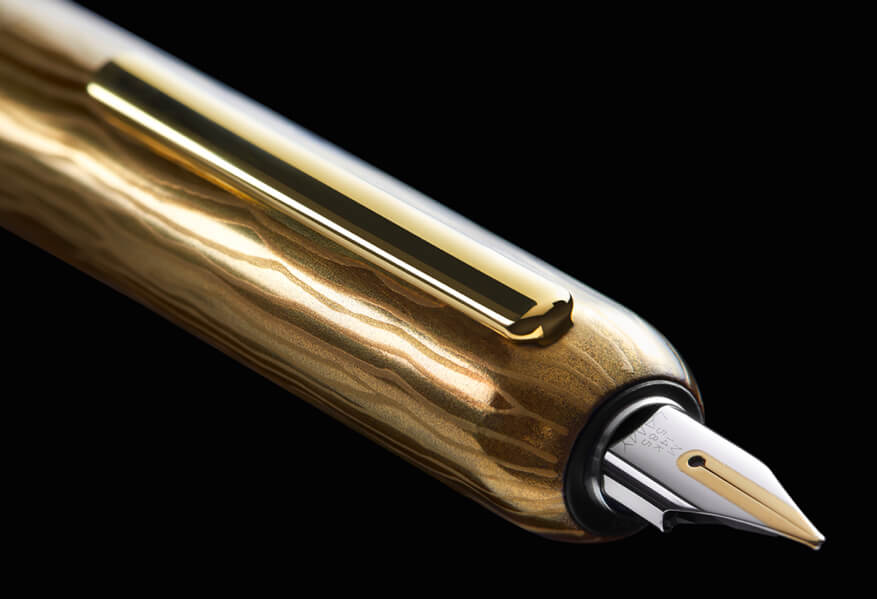
Lamy and Urushi – who said and the twain shall never meet?
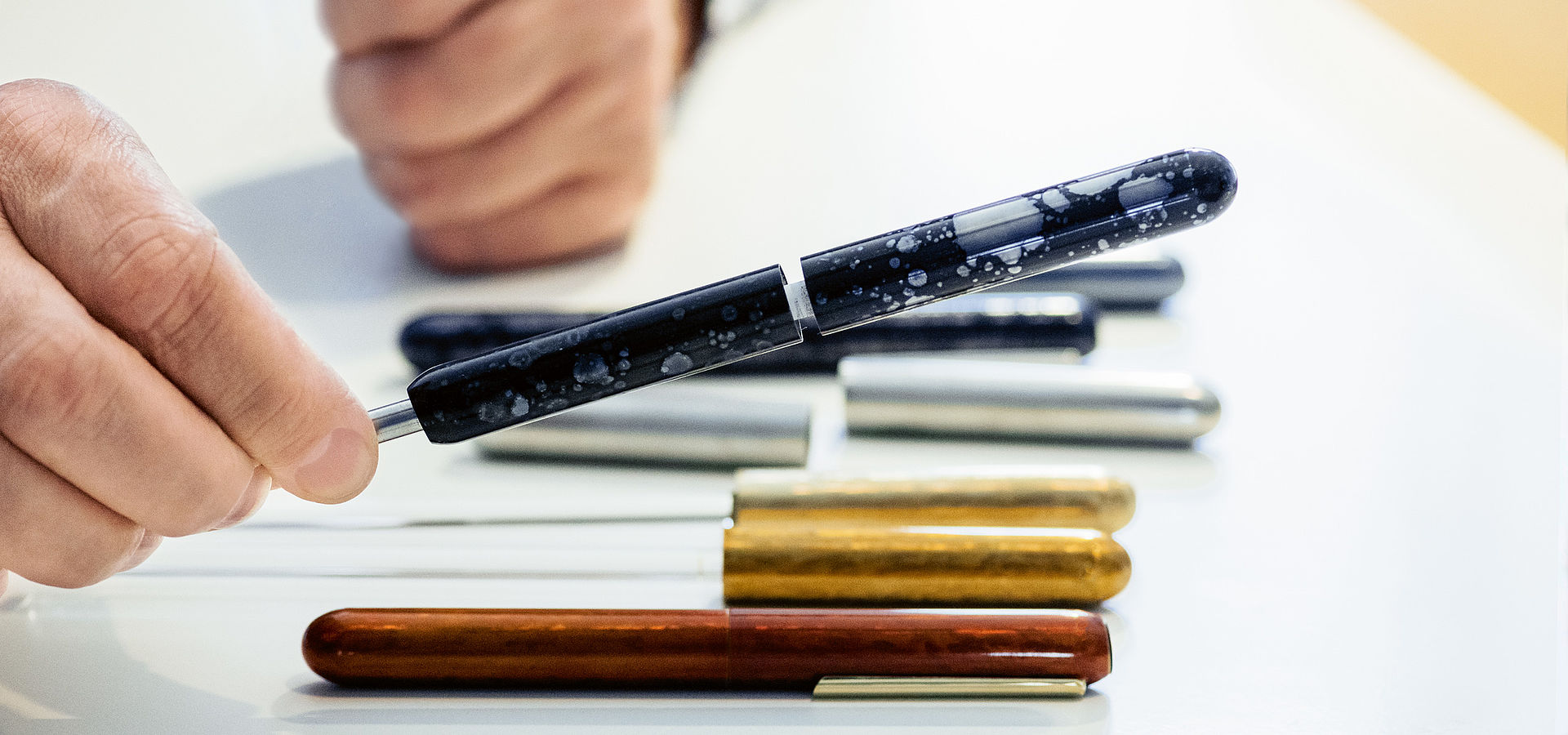
Heidelberg, 2019 Urushi is a material full of contrasts. This natural lacquer which has been used in East Asian arts and crafts for millennia is distinguished by its exceptional sheen and unique depth of colour which is created through the application of many, very thin layers. The LAMY dialog urushi edition which is limited to 33 sets captures the fascination of this characterful material in a unique tetralogy.
Each of the 33 sets includes four elegantly finished fountain pens – four interpretations of the LAMY dialog 3. The guiding theme of the LAMY dialog urushi edition is a subject which is as timeless as it is universal: the four seasons with their own individual moods. Spring, summer, autumn and winter as the symbol for the eternal cycle of life.

The edition has been designed and artistically realised by urushi master Norihiko Ogura from Japan (summer) and Manfred Schmid from Germany (spring, autumn and winter). Hereby urushi is, as a traditional craft and material, reinterpreted: with an innovative combination with stainless steel as well as processing methods which the participating artists developed themselves and used for the first time with the LAMY dialog 3.

The fascination of urushi The Japanese term “urushi” describes the material – often also called Japanese lacquer or Chinese lacquer – as well as the technique with which it is processed and applied. Urushi has a millennia-old tradition in the East Asian region, in particular in Japan, China and Korea, and has been preserved as part of the countrys’ cultural heritage to the present day. This natural raw material – the sap of the east Asian lacquer tree – is exceptionally precious as its extraction is only possible by hand and in very small amounts.
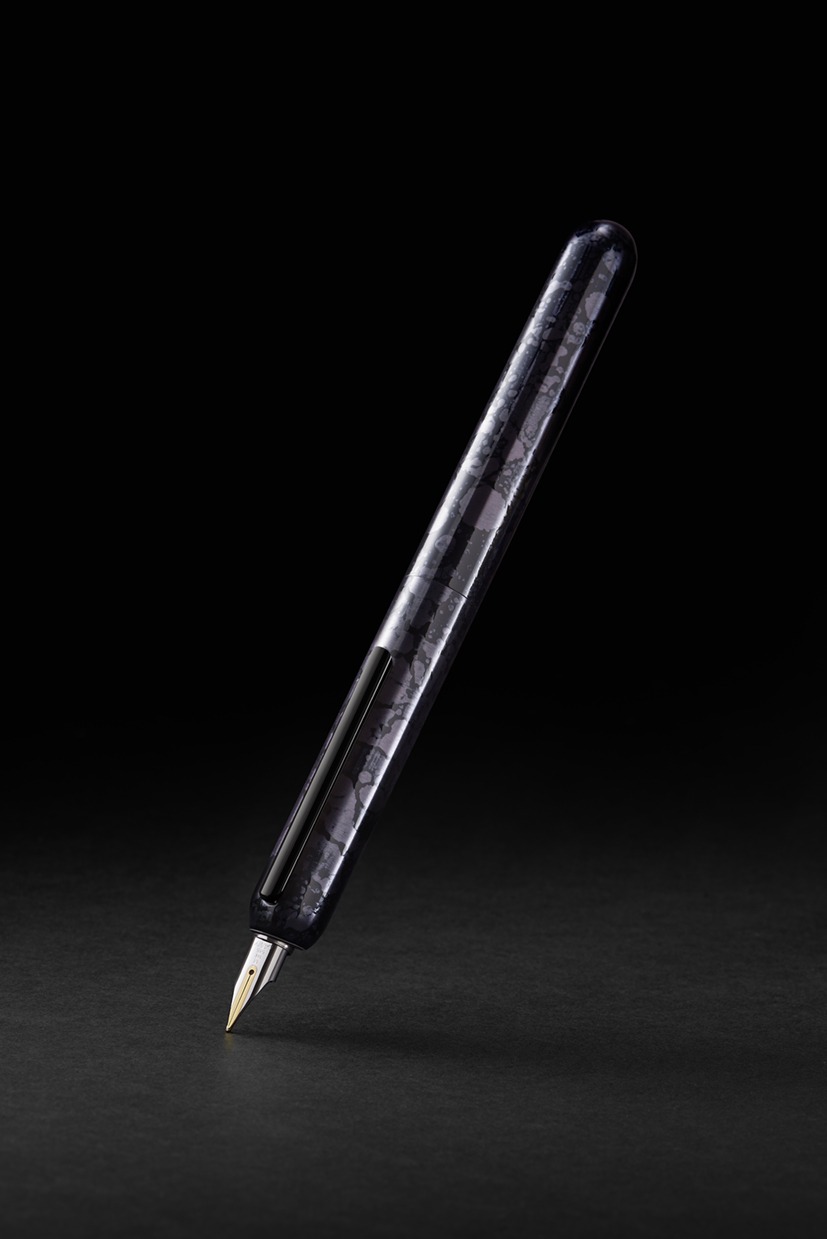
Traditionally, exclusive daily objects, in particular, are finished with urushi, for example bowls, plates, chopsticks or caskets whereby the lacquer has a protective as well as representative role. It is usually applied to materials such as wood, bamboo and metal although it can also be applied to textiles and leather.

The application of the lacquer to an object often occurs over long periods of time, sometimes even years or across generations: several base layers are followed by many, very thin layers of lacquer of which each one has to harden and be polished. Once the lacquer has hardened, which is usually triggered by humidity, urushi is more or less “indestructible”. In Japanese mythology the material is therefore often also associated with immortality and regarded as an elixir of life.
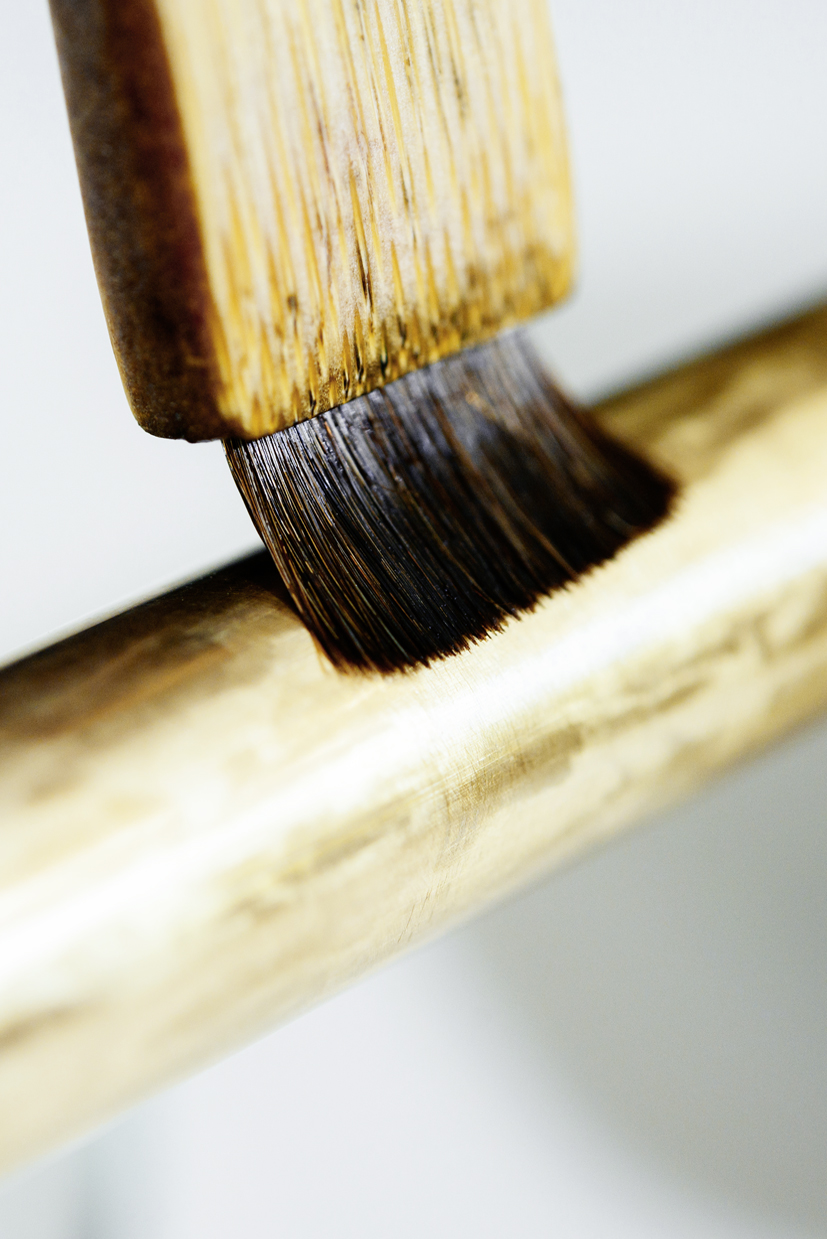
The LAMY dialog urushi edition
Spring Manfred Schmid, Germany Stainless steel case with light blue niobium coating. Finished with black urushi lacquer, broken-up structure. Rhodium-plated ball valve and clip.
Black urushi lacquer creates the deepest black known worldwide. This is not created by pigments but through the addition of iron powder which causes an oxidation of the lacquer and is subsequently filtered out. Applied very thinly, the black lacquer appears transparent at first. It is only with the application of additional layers that the colour intensity and depth are created which are so characteristic of urushi surfaces. For the Spring model, urushi master Manfred Schmid hasn’t used the black lacquer in this classic way but, instead, developed a new and original technique. An ultra-thin layer of the black lacquer is applied to the stainless-steel body which is coated with light blue niobium and this blue then shimmers through the black lacquer. Using a fine brush, the artist then lightly sprinkles alcohol over the black lacquer which breaks up the surface and creates a complex structure full of subtle reflexes which are unique and cannot be repeated.
Summer Norihiko Ogura, Japan Stainless steel body with golden PVD coating. Finished with urushi lacquer and gold powder sprinkled into it. Gold-plated ball valve and clip.
The Summer model was designed by the Japanese master Norihiko Ogura with a special variant of the so-called gold sprinkling technique (Maki-e) whereby a special, super-fine grain gold powder (each grain has a diameter of 0.03 mm) is sprinkled over the entire lacquer surface. The surface is then smoothed with charcoal made of camellia wood. A procedure which highlights the immense perfection and precision of the urushi master: when this is smoothed, the grains in the gold powder are reduced to exactly half their original size. The subsequent application and smoothing of a further layer of gold, the grains of which are slightly larger, creates a streamlined texture on the surface. In daily use these lines are “polished” through contact with the skin and become increasingly glossier. The lower lacquer layers also become visible and in this way the fountain pen is subject to a continuous living change process.
Autumn Manfred Schmid, Germany Stainless steel body with golden PVD coating, smoothed with structure. Finished with several coats of transparent urushi lacquer. Gold-plated ball valve and clip.
Manfred Schmid has also chosen his own urushi method for the autumn model. Whilst the lacquer is usually only used in the colours black and red, Manfred Schmid used the so-called transparent lacquer for this model. Typically, only used for sealing and not in the actual decor, this natural urushi lacquer gradually unfolds a warm amber shade with every layer. Manfred Schmid applies this to a stainless steel body with golden PVD coating which, prior to this, was smoothed vertically and horizontally to create a fine texture. This structure which has been created in this way later gleams from a depth through the lacquer and the base and surface fuse.
Winter Manfred Schmid, Germany Stainless steel body with dark blue PVD coating. Finished with a black urushi lacquer, broken up structure. PVD-coated ball valve and clip, black.
The finishing method is the same as used in the “Spring” model.
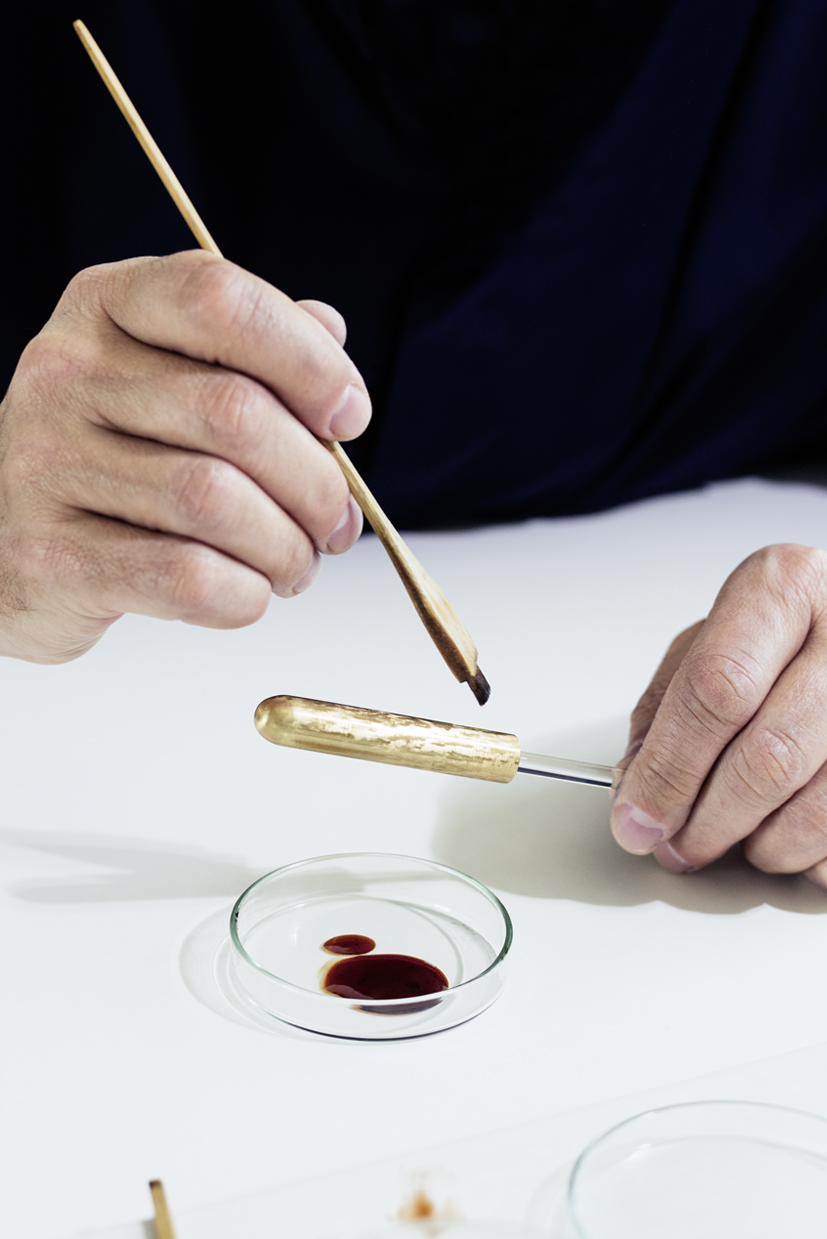
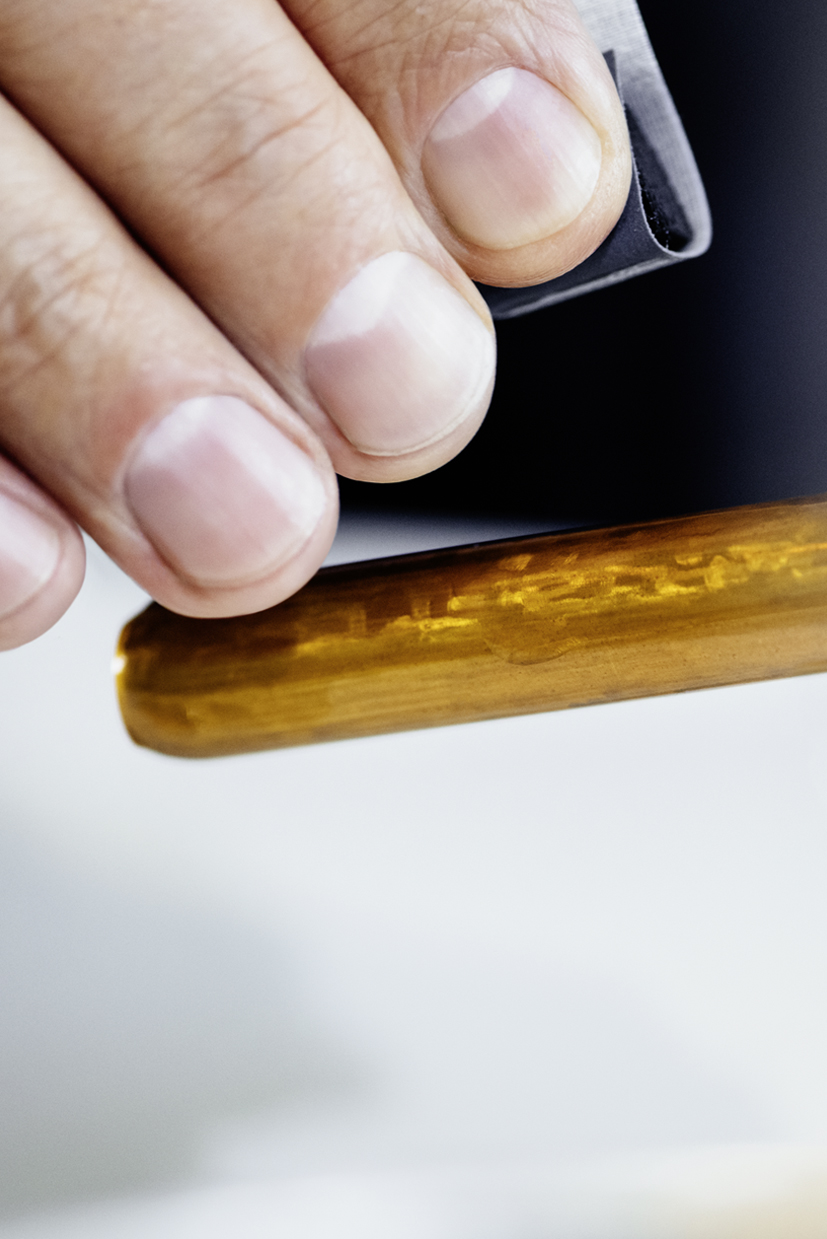
The artists
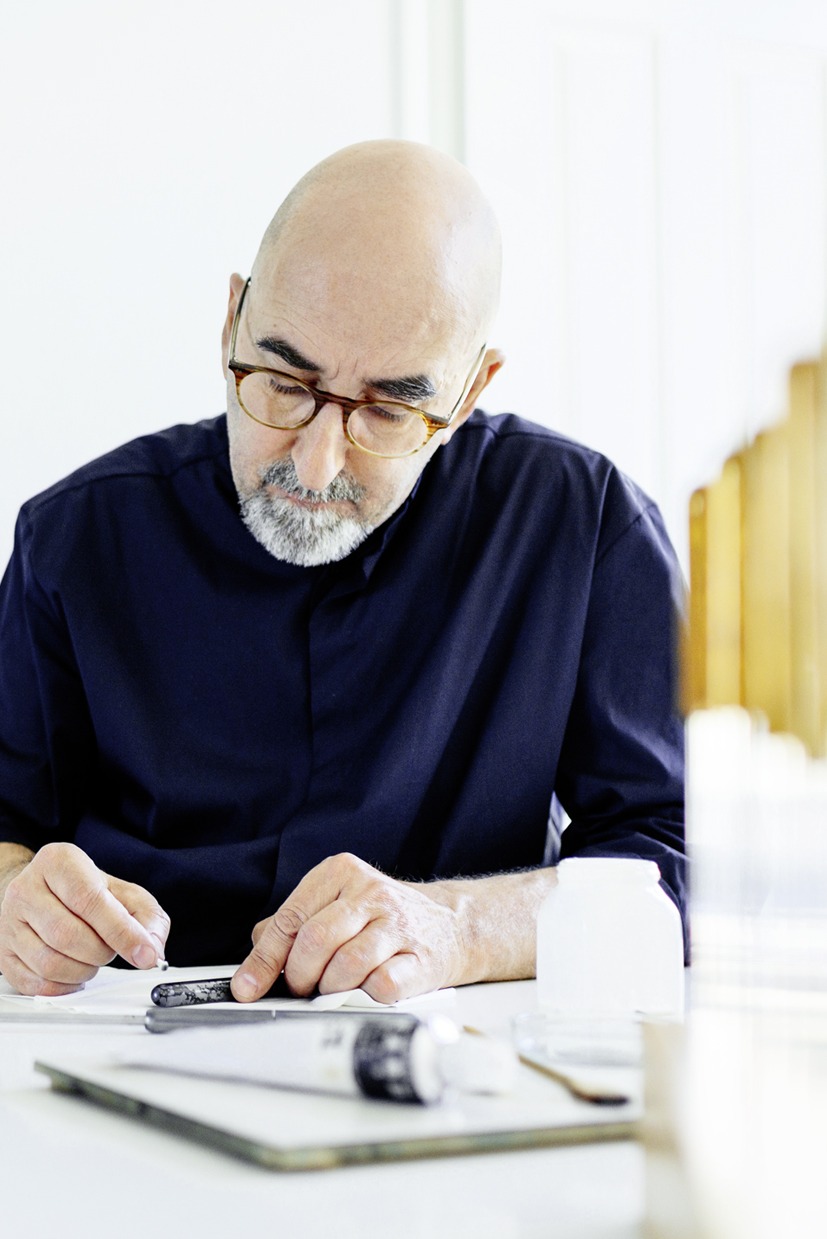
Manfred Schmid The trained cabinet maker learnt and mastered the Japanese lacquer art at the Escola Massana and Escola Llotja in Barcelona from 1998 to 2004. In 2004, he returned to his home town of Bremen where he has since then been practicing his art and, in his studio, has further developed his work with the urushi technique. After decades of intense work with black lacquer, Manfred Schmid today particularly seeks new, partly also experimental, ways of emphasising the special qualities of the material.
Multi-award-winning, the artistic works of Manfred Schmid have already been exhibited in numerous international exhibitions and included in public collections – for example the Dresden State Art Collections (Staatliche Kunstsammlungen Dresden), the Hamburg Museum of Fine, Applied and Decorative Arts, the Grassi Museum in Leipzig as well as the Münster Museum of Lacquer Art.
Norihiko Ogura
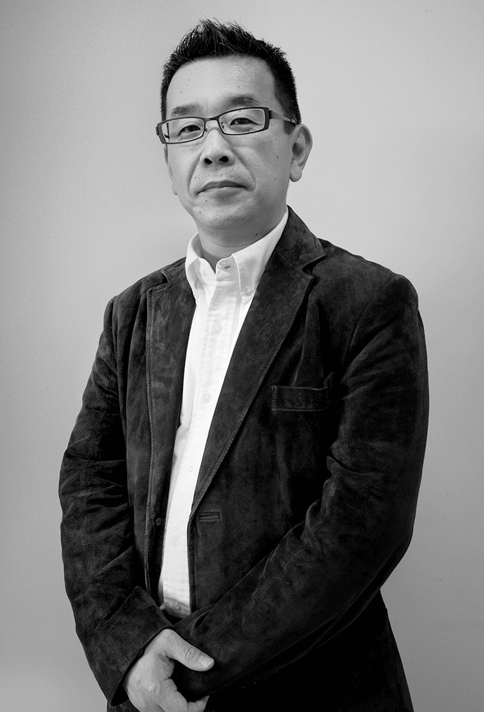
Norihiko Ogura is an urushi master and also the long-standing professor and director of the Institute for Lacquer Art at the Tokyo University of the Arts. He learnt the lacquer art as assistant of Yoshikuni Taguchi, a former apprentice of urushi master Gonroku Matsuda whose works were designated a part of Japan’s living cultural heritage in 1955.
The lacquer works of Norihiko Ogura have won almost every renowned award – including the Purple Rose of the Japanese emperor which he received in 2011. His works have been exhibited in many international exhibitions and are part of the collections of numerous museums including the Victoria & Albert Museum, the National Museum Tokyo as well as the Argentina Museum for Modern Art.
The LAMY dialog urushi edition will be available approximately from the end of 2019.
More at: www.lamy.com/urushi

About Lamy All over the world, the LAMY brand stands for high-quality, designer writing instruments with timelessly modern aesthetics and perfect functionality. Their success story began over 50 years ago with the LAMY 2000: In 1966, the model established the clear, distinctive design language that characterises the style of all products in the brand to this day – the Lamy design. As an independent, family company, Lamy has been committed to the location of Heidelberg since it was founded in 1930 and the company therefore consistently guarantees the highest “Made in Germany” quality. With annual production of over 9 million writing instruments and turnover of over 130 million euros in 2017, Lamy is now not only the market leader in Germany but has also grown into an internationally popular brand. Time and again, the company sets trends here – not least with the annual special editions – and inspires writing enthusiasts all over the world with innovative colours and finishes. Lamy is therefore continuously reinventing itself and proves that a writing instrument is more than a useful object: a real lifestyle accessory, which expresses pleasure in handwriting and underlines the individuality of its owner.
Find out more about Lamy online at www.lamy.com.

Unique designs from Lamy.. Well described